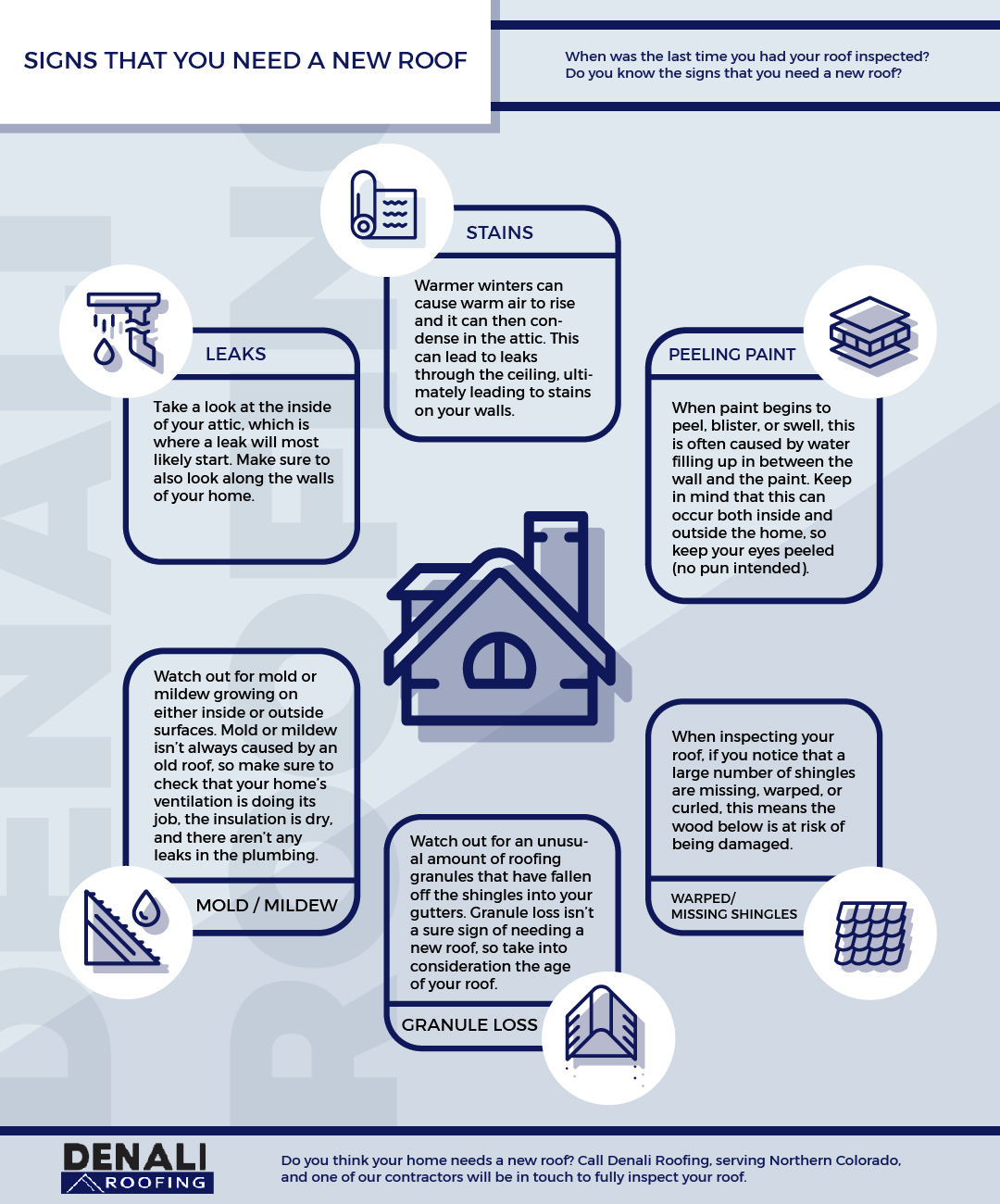Typical Pitfalls In Roofing System Installment And Ways To Avoid Them
Typical Pitfalls In Roofing System Installment And Ways To Avoid Them
Blog Article
Staff Author-Yang Rogers
When you're preparing a roofing setup, it's easy to neglect vital information that can bring about considerable problems down the line. You may be tempted to reduce edges on material choice or avoid proper flashing installation, but these typical mistakes can cause expensive repairs later. Recognizing the importance of air flow and adhering to neighborhood building regulations is essential for a successful task. So, what are the vital steps you should require to ensure your roof stands the test of time? Allow's explore some efficient techniques to stay clear of these risks.
Poor Material Selection
When it pertains to roof covering setup, selecting the wrong products can result in costly issues down the line. You could assume that any roofing material will do, yet that's an usual mistaken belief. It's crucial to select materials that match your neighborhood environment and the details needs of your home.
As an example, if you reside in an area with heavy rainfall or snow, choosing asphalt tiles may not be the most effective selection. Rather, think about even more long lasting alternatives like metal or slate.
Additionally, pay attention to the top quality of the products you're thinking about. Low-cost products could conserve you cash upfront, however they commonly lack longevity and can lead to constant repair work or substitutes.
You should likewise think of the style of your home and make certain the products you pick will keep its visual charm.
Lastly, don't fail to remember to speak with experts. They can provide beneficial understandings and recommend materials that adhere to local building codes.
Spending metal roofing san antonio, tx skyroofingconstructiontx.com in appropriate product option currently can assist you avoid headaches and expenditures in the future, making your roof project a success.
Inadequate Flashing Installation
Selecting the ideal materials isn't the only element that can lead to roof covering problems; inadequate flashing setup can also develop considerable concerns. Flashing is crucial for guiding water far from susceptible areas, such as smokeshafts, skylights, and roofing valleys. If it's not set up appropriately, you take the chance of water breach, which can cause mold development and architectural damage.
When you mount flashing, guarantee it's the best type for your roof covering's layout and the neighborhood environment. As an example, metal flashing is usually a lot more long lasting than plastic in locations with heavy rainfall or snow. See to it the blinking overlaps properly and is secured firmly to stop spaces where water can leak via.
You ought to additionally take notice of the installation angle. Flashing need to be placed to guide water away from the house, not towards it.
If you're uncertain regarding the setup procedure or the products required, seek advice from an expert. They can help determine the very best blinking choices and ensure whatever is installed correctly, guarding your home from potential water damages.
Taking these steps can conserve you time, cash, and migraines down the road.
Neglecting Ventilation Demands
While several home owners focus on the visual and structural elements of roof covering setup, ignoring air flow demands can bring about severe lasting consequences. Appropriate air flow is crucial for controling temperature and dampness levels in your attic room, stopping concerns like mold development, timber rot, and ice dams. If you don't install ample ventilation, you're establishing your roofing system up for failure.
To prevent this blunder, initially, analyze your home's specific air flow demands. A balanced system typically consists of both intake and exhaust vents to advertise air movement. Guarantee you've mounted soffit vents along the eaves and ridge vents at the height of your roof. This combination allows hot air to escape while cooler air enters, keeping your attic area comfy.
Also, think about the kind of roofing material you've chosen. Some materials may call for additional ventilation techniques. Ascertain your regional building codes for air flow guidelines, as they can vary substantially.
Finally, don't fail to remember to examine your air flow system routinely. Blockages from particles or insulation can hamper air movement, so maintain those vents clear.
Final thought
Finally, staying clear of typical roof installment blunders is essential to ensuring your roof covering's longevity and effectiveness. By selecting the appropriate products for your environment, mounting blinking appropriately, and dealing with air flow needs, you can protect against expensive concerns in the future. Don't neglect to familiarize yourself with regional building ordinance and routine routine inspections. With these actions, you'll delight in a safe, long lasting roof that safeguards your home for years to come. Pleased web page !
